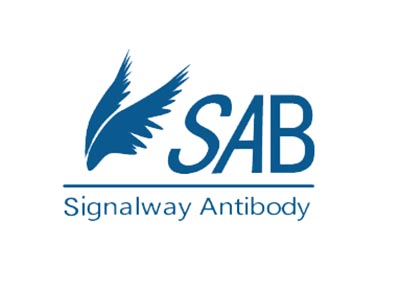Product Detail
Product NameRecombinant Human Casein kinase II subunit alpha(CSNK2A1)
Host SpeciesE.coli
PurificationGreater than 90% as determined by SDS-PAGE.
Immunogen DescExpression Region:1-391aa
Sequence Info:Full Length
Accession NoP68400
Uniprot
P68400
Gene ID
1457;
Calculated MW61.1 kDa
FormulationTris-based buffer50% glycerol
StorageThe shelf life is related to many factors, storage state, buffer ingredients, storage temperature and the stability of the protein itself.
Generally, the shelf life of liquid form is 6 months at -20˚C,-80˚C. The shelf life of lyophilized form is 12 months at -20˚C,-80˚C.
Notes:Repeated freezing and thawing is not recommended. Store working aliquots at 4˚C for up to one week.
Tag InfoN-terminal 6xHis-SUMO-tagged
Application Details
Catalytic subunit of a constitutively active serine,threonine-protein kinase complex that phosphorylates a large number of substrates containing acidic residues C-terminal to the phosphorylated serine or threonine. Regulates numerous cellular processes, such as cell cycle progression, apoptosis and transcription, as well as viral infection. May act as a regulatory node which integrates and coordinates numerous signals leading to an appropriate cellular response. During mitosis, functions as a component of the p53,TP53-dependent spindle assbly checkpoint (SAC) that maintains cyclin-B-CDK1 activity and G2 arrest in response to spindle damage. Also required for p53,TP53-mediated apoptosis, phosphorylating 'Ser-392' of p53,TP53 following UV irradiation. Can also negatively regulate apoptosis. Phosphorylates the caspases CASP9 and CASP2 and the apoptotic regulator NOL3. Phosphorylation protects CASP9 from cleavage and activation by CASP8, and inhibits the dimerization of CASP2 and activation of CASP8. Regulates transcription by direct phosphorylation of RNA polymerases I, II, III and IV. Also phosphorylates and regulates numerous transcription factors including NF-kappa-B, STAT1, CREB1, IRF1, IRF2, ATF1, SRF, MAX, JUN, FOS, MYC and MYB. Phosphorylates Hsp90 and its co-chaperones FKBP4 and CDC37, which is essential for chaperone function. Regulates Wnt signaling by phosphorylating CTNNB1 and the transcription factor LEF1. Acts as an ectokinase that phosphorylates several Extracellular domain proteins. During viral infection, phosphorylates various proteins involved in the viral life cycles of EBV, HSV, HBV, HCV, HIV, CMV and HPV. Phosphorylates PML at 'Ser-565' and primes it for ubiquitin-mediated degradation. Plays an important role in the circadian clock function by phosphorylating ARNTL,BMAL1 at 'Ser-90' which is pivotal for its interaction with CLOCK and which controls CLOCK nuclear entry.
If you have published an article using product AP70201, please notify us so that we can cite your literature.



 15-25 business day
15-25 business day



